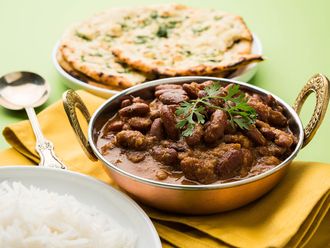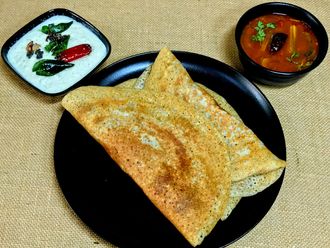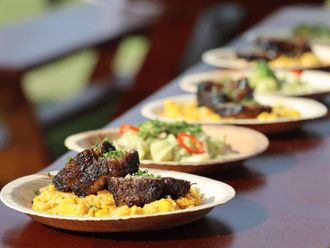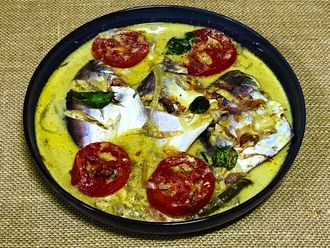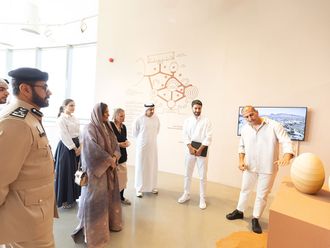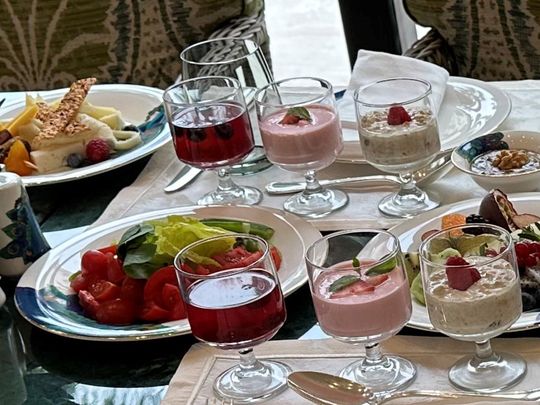
My knowledge of Turkish food was limited to kebabs, the grills I bought from the Istanbul Flower Restaurant in Al Safa, Dubai. So when I headed to Istanbul, I was warned of the fantastic food that awaited me. And I couldn’t wait.
Food, good food: that’s always welcome. I had a taste of it aboard the Turkish Airlines. The appetisers were an array of cheese, veggies and olives. An assortment of bread followed, and I opted for eggs for the main course, and my friend ordered a Turkish savoury. Maybe I should have ordered it, regretting my decision to play it safe. I finished off the meal with fruit yoghurt. Lovely breakie, that was!
That didn’t prepare me for the gastronomic delights I enjoyed over three days in the capital of the Ottoman Empire. Istanbul was charming; the sights and sounds of Bosphorus were incredible, but the utterly delicious food would stay with me. Well, I’m a foodie.
The story of Anatolia cooking
Lunch at the Sogut 1299 Restaurant at the Bozdag Film Studios in Riva, Beykoz district, was a trip back in time. Chef Huseyin Boluk, a member of the Turkish National Culinary Team, took the visitors on a journey narrating the history of cooking in Anatolia and the food he served.
Holding aloft stacks of hot puffed flatbread on a loading peel, Boluk explained its story and significance. As we dunked bread in chickpea and yoghurt soup and tucked in, the chef came around with a colour palette and a brush.
Paint and Taste, he called it. Bolkuk talked of the colour in the kitchen, encouraging us to paint our plates with edible natural colours before we dug into an appetiser of artichoke and cream.
Manti (steamed dumplings) cooked in community kitchens between the 17th and 20th centuries were served after a sizzling demo. A salad of vegetables, fruits and crumbly cheese followed; apparently, the villagers did the same, contributing their farm produce.
The main course looked a bit like thick hareesa. “In Anatolia, all villages had a big marble slab, and three or four women pounded wheat with big wooden mallets. Some regions use sesame or burghul. It’s beaten with lamb shanks, smoked eggplant and dried apricot,” Boluk explained. It was yummy.
Over the next two days, I sampled several Turkish dishes; I don’t know the names of some. Some confused me: Ali Nazik and Hunkar Begendi (lamb stew) look the same; both are lamb stews served on a bed of smoked eggplant sauce. I think the Ali Nazik sauce includes yoghurt as well.
Simit caught my fancy. The sesame-encrusted bagel-like round bread was served everywhere for breakfast, and I loved it. The dips too. Bal kaymak (clotted cream with honey) and tahin pekmez (tahini and molasses spread) were perfect accompaniments for simit and other bread (I can’t remember their names). But I remember munching away on sigara boregi (fried Turkish spring roll). I had to be careful not to stuff myself with the starters of a variety of cheese, salads and olives.
We had more breakfast surprises at the Chiragan Palace Kempinski Hotel. The savoury pastry of su boregi (with a filling of white cheese) was a massive hit with my tastebuds. So was sucuk or sujuk, a pan-fried spicy beef sausage. I can see why the Turks call it a national dish.
I did have Ali Nazik for lunch and some seek kebabs too. Labneh, cheese, cream and yoghurt: they were a baffling variety. The veggies and fruits tasted good and different; they were more succulent.
Turkish coffee and baklava, a super combination
During the trip to the Spice Bazaar, I came across a street vendor selling hot chestnuts on the plaza by the New Mosque (Yeni Camii) in Rustem Pasa. They were so good that my friends picked some more from Alemdar Street while returning from the Basilica Cistern.
Sitting by the Bosphorus, I had my first Turkish coffee, wolfing down baklava slathered with cream at the Dolmabahce Palace Cafe. I liked the coffee, which I had avoided all these years, thinking the brew might be bitter. How wrong I was? But I fell in love with the reddish, bright Turkish tea (cay), served in dainty, tulip-shaped glasses called ince belli (literally “slim-waisted”). It’s a bit bitter and a bit sweet; I kept drinking cay throughout the trip.
On my return flight aboard Turkish Airlines, I was served inegol kofte — grilled meatballs with breadcrumbs and seasoned onions —on a bed of rice. That rounded off my discovery of Turkish food. But there are far too many dishes left to savour. Maybe another time!




